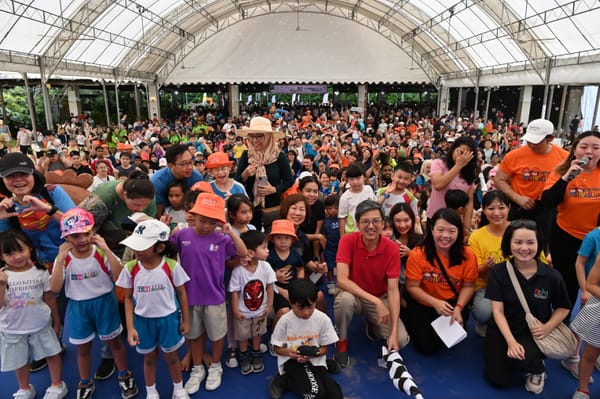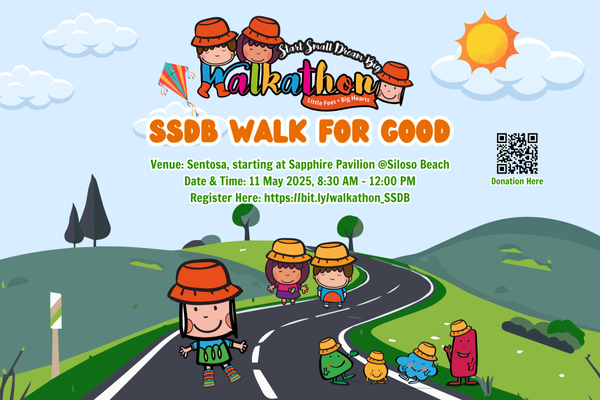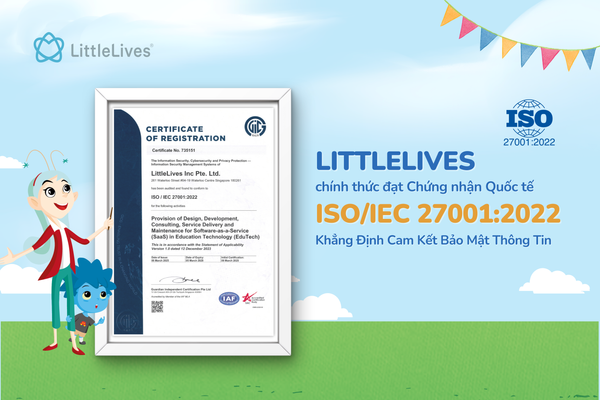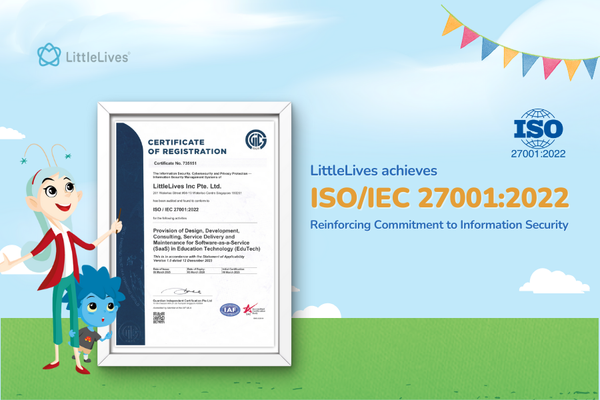Personalized Learning with Technology
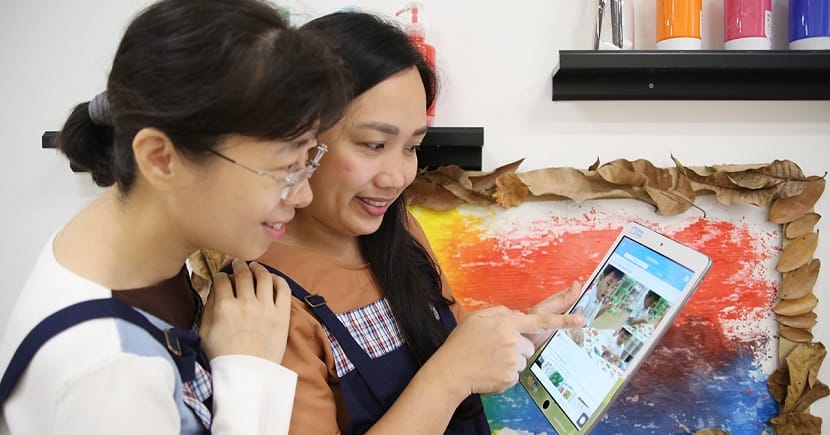
In today’s educational landscape, personalized learning has become a transformative approach to teaching, ensuring every child’s unique needs are met. Technology plays a crucial role in facilitating this tailored educational experience, especially in early childhood classrooms. By integrating technology effectively, educators can create an environment where each child feels supported, challenged, and inspired.
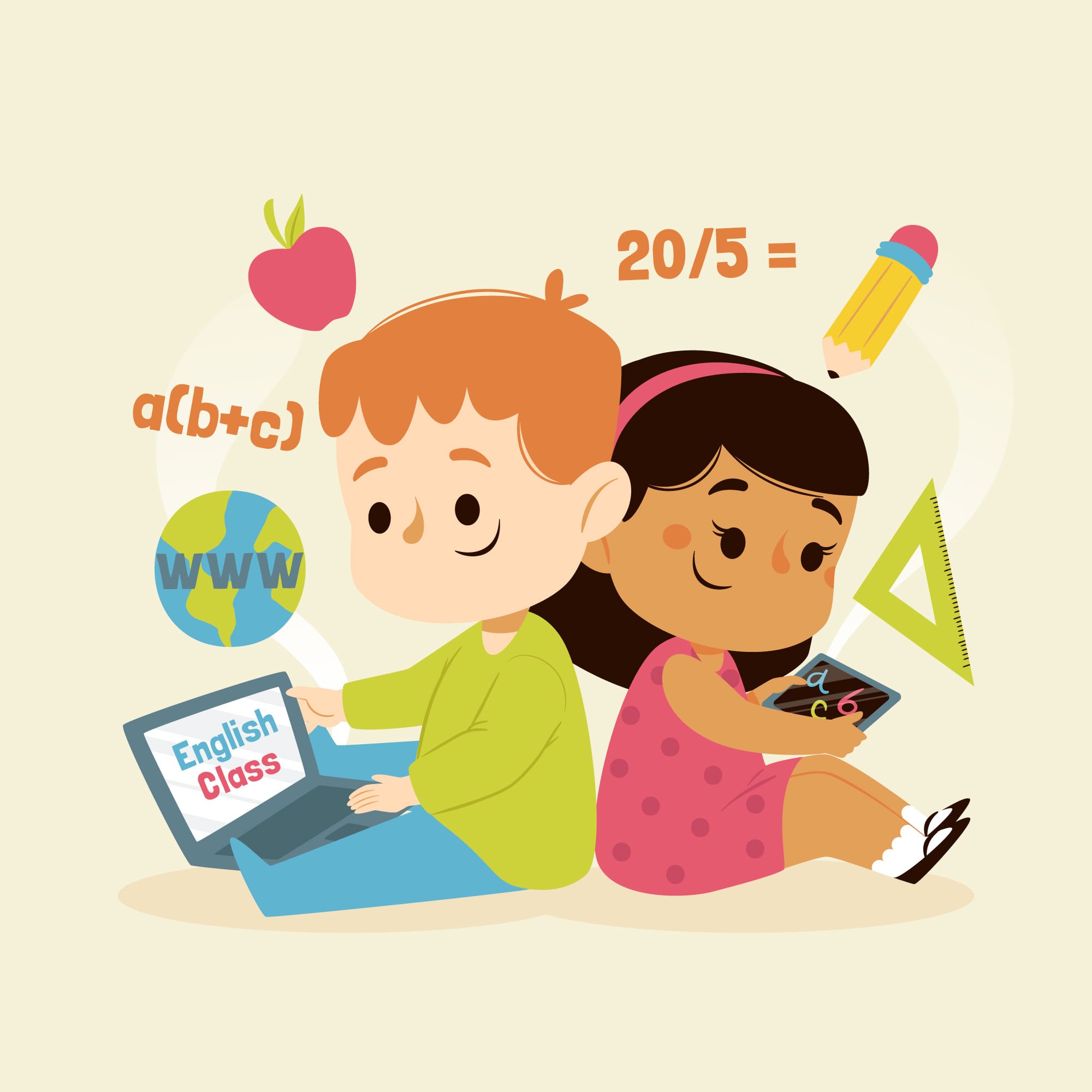
The Importance of Personalized Learning
Personalized learning acknowledges that every child learns differently. By focusing on individual strengths, weaknesses, and interests, it ensures a more engaging and effective educational experience. This approach fosters confidence, creativity, and a lifelong love for learning. Technology enhances this by providing tools that:
- Adapt to different learning paces, ensuring children progress at their own speed.
- Offer diverse resources catering to varied interests, from storytelling apps to interactive games.
- Provide real-time feedback to guide learning, helping teachers adjust strategies immediately.
With these benefits, personalized learning becomes not just a teaching method but a strategy to nurture holistic development.
How Technology Supports Personalized Learning
Technology empowers educators to create dynamic and inclusive learning environments. For example, LittleLives provides teachers with the ability to create personalized portfolios that include student information and photos, enabling parents to track their child’s progress and milestones. Key benefits of using technology include:
- Enhanced Engagement: Interactive apps and tools make learning fun and captivating, turning lessons into exciting adventures.
- Data-Driven Insights: Platforms like LittleLives help educators identify learning patterns, strengths, and areas needing improvement, allowing for precise interventions.
- Stronger Collaboration: Teachers, parents, and students can work together seamlessly through digital communication channels, fostering a supportive community.
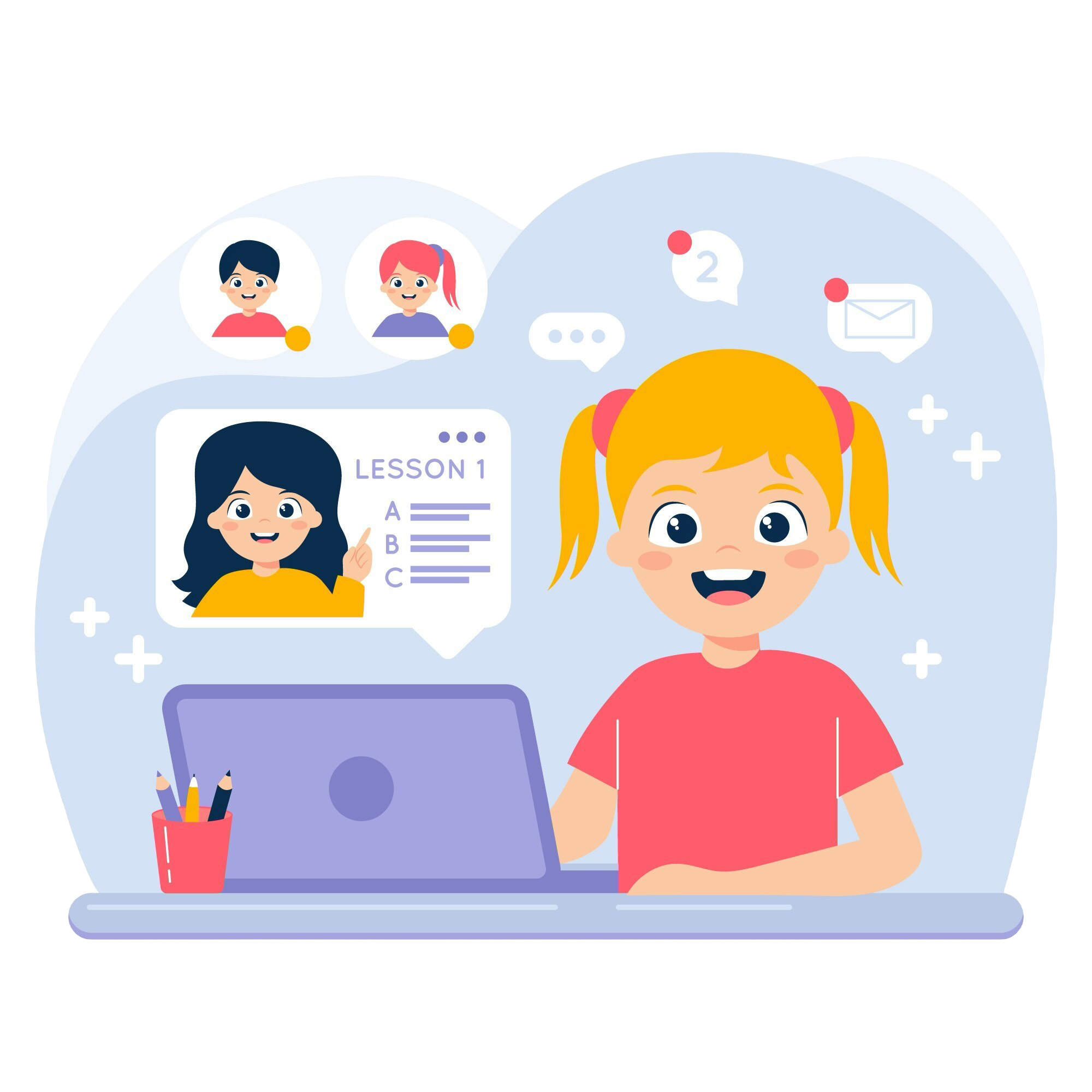
Practical Applications
In early childhood classrooms, technology transforms teaching methods. For instance:
- Teachers can use digital storytelling apps to adjust content to each child’s comprehension level, making complex ideas accessible.
- Progress tracking tools like LittleLives help monitor development and identify areas for improvement, ensuring no child is left behind.
- Interactive games keep children motivated and eager to learn, combining fun with education.
- Visual and multimedia content caters to diverse learning styles, making lessons more impactful.
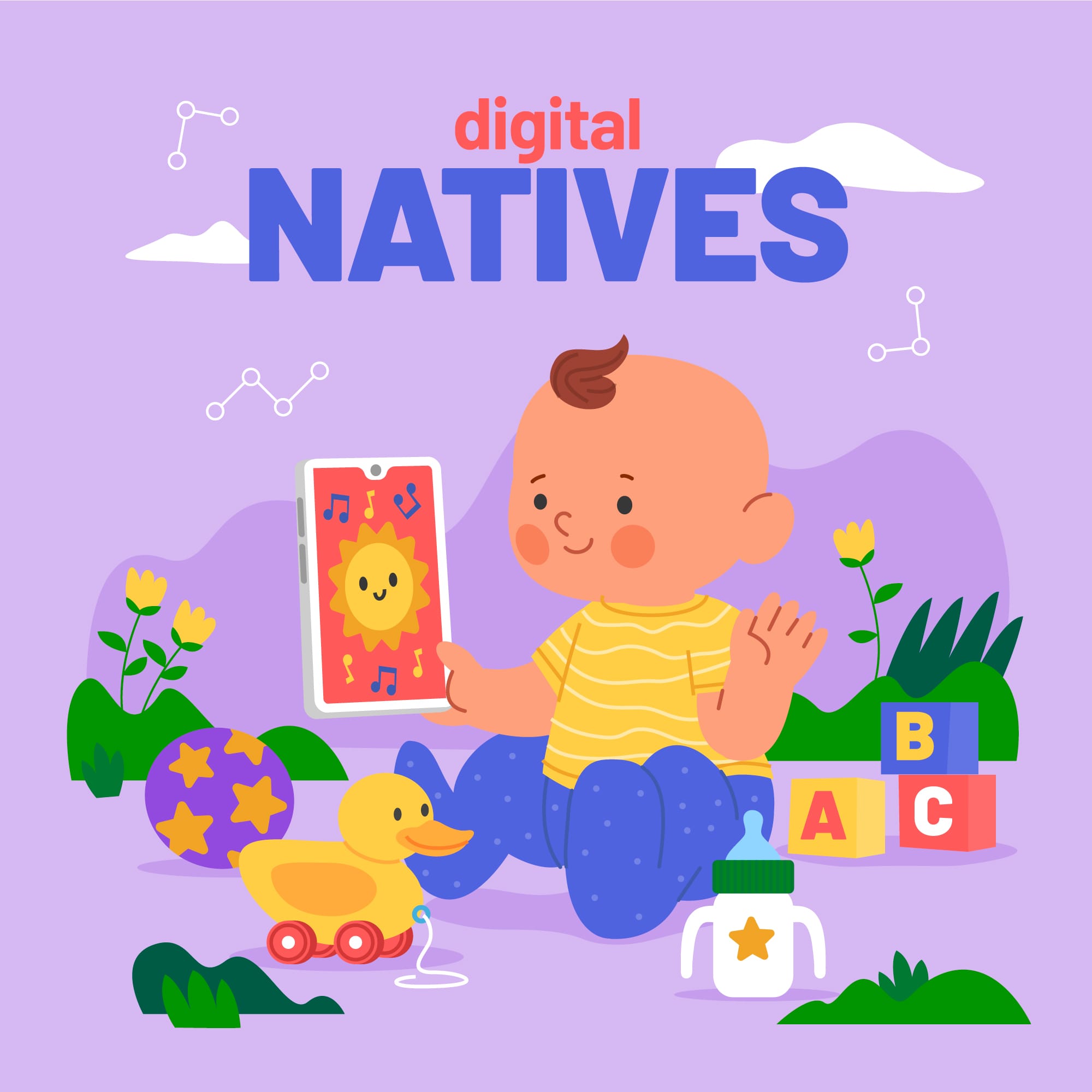
By leveraging technology, educators can create personalized learning journeys that set the foundation for lifelong success. These journeys not only enhance academic skills but also build social and emotional competencies essential for future growth. To explore the tools making this possible, check out "Digital Tools That Support Personalized Learning in Early Childhood Classrooms."


